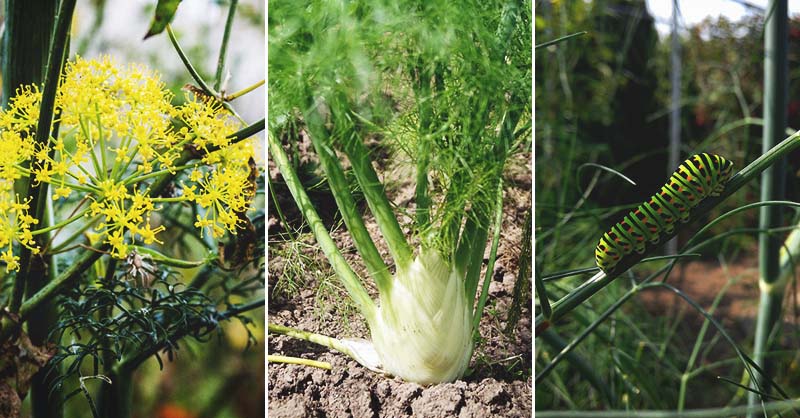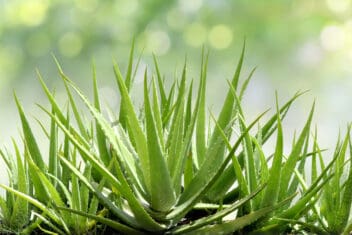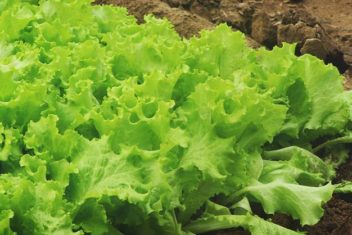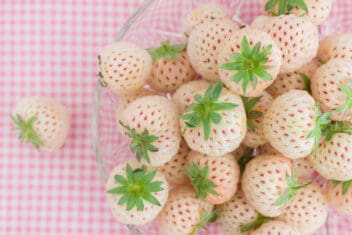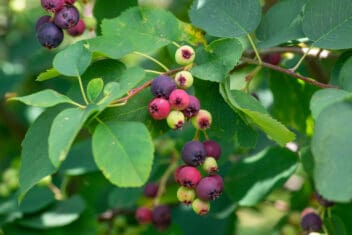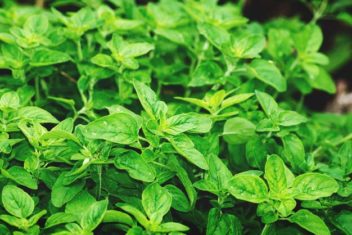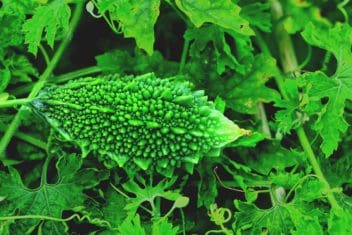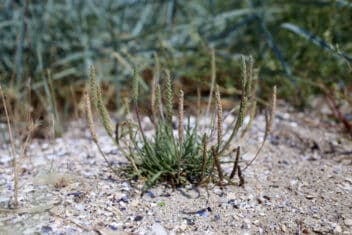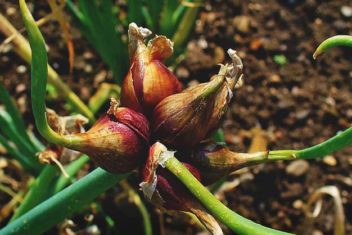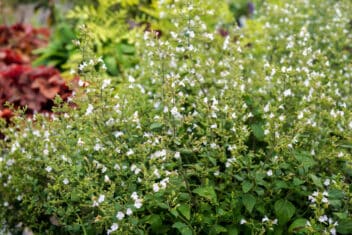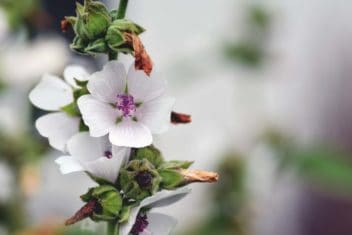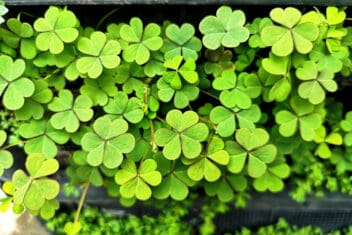These days, you’ll find me growing fennel every year, but a few years ago, I didn’t pay much attention to this frilly-topped veg until it appeared in my CSA basket. I wasn’t sure how to use it or if I wanted to use it at all. Isn’t that the story of so many vegetable discoveries?
I cooked a fish dish that included the licorice-flavored plant, and that’s the moment when I knew fennel would become a regular purchase in my household and when I realized I had been missing out on something truly delicious.
Fennel is an herb native to Europe, once cherished for its medicinal properties. Its frilly fronds look a lot like the tops of dill plants, which makes sense since the two plants are related. Once they flower, they’re wildly attractive to pollinators.
Below, you’ll find information on growing fennel and caring for this low-maintenance garden veggie.
What We’ll Discuss
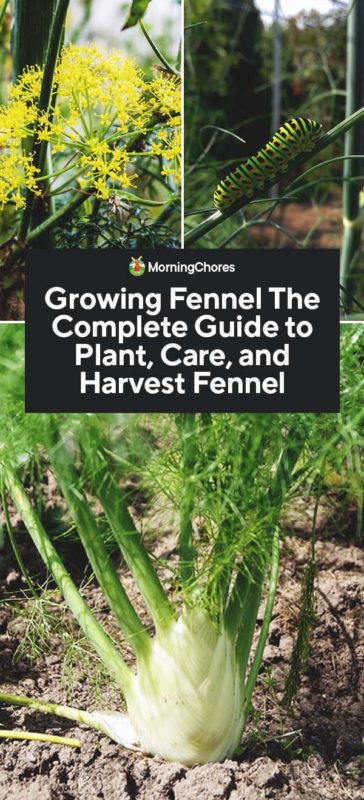
Fennel Varieties
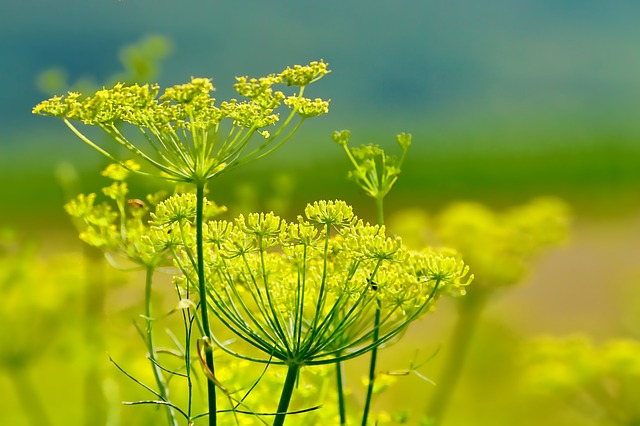
You can find two different types of fennel seeds available for purchase. There is the herb-type species, which produces leafy tops and are planted mainly for their fronds and seeds. Many herb-type fennels are ornamental.
Bulb-type fennel (Foeniculum vulgare) is grown for its – you guessed it – delicious bulbs, though you can use their leafy tops.
Here are a few fennel varieties to consider:
- Bronze fennel – A pretty ornamental variety that’s grown for its fronds and seeds.
- Florence fennel – This is the fennel you want if you’re interested in harvesting a meaty bulb for cooking.
- Rhondo fennel – A bulb-type fennel that produces a round bulb and matures early.
- Cantino fennel – Slow to go to seed.
- Preludio – An F1 hybrid that produces large, round bulbs.
Planting Fennel
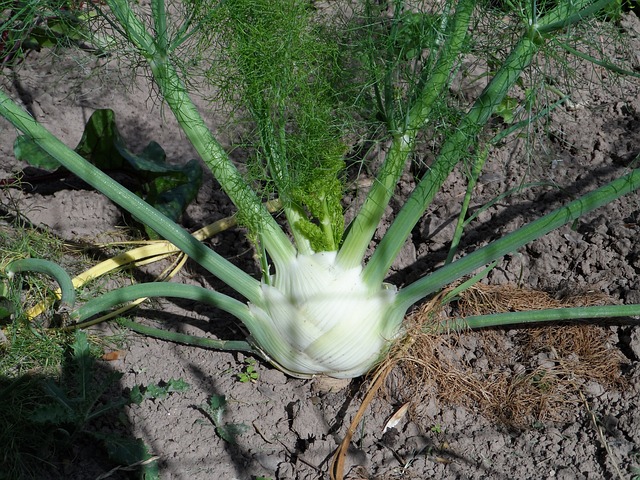
Growing Zones
Fennel grows in USDA Growing Zones 5-10. While it’s perennial in Zones above 6, most gardeners grow it as an annual because it doesn’t last long in the garden. It will, however, self-sow if you let it go to seed.
Soil and Sun Requirements
Fennel prefers well-drained, acidic soil with a pH between 5.5-6.8. Sow fennel seeds in an area that receives full sun.
Planting
Direct sow seeds in the early spring, once the soil has warmed. Direct sowing is preferred to indoor seed starting because fennel doesn’t like to be transplanted. Don’t worry too much about a bit of frost, fennel should be able to handle it.
If you decide to start fennel indoors, start it 2-3 weeks before the last frost date in your area, or 90-110 days before the first frost date in the fall. Transplant when seedlings have two true leaves. Be sure to harden transplants off for a week before putting them in the ground.
Spacing
Fennel grows fairly tall – up to 5-feet – so plan accordingly. You should space plants 12-18-inches apart with 2-3 feet between rows. Plant seeds 1/4-1/2 inch deep.
Container Growing
You can plant fennel in the ground or in containers. Containers are ideal if you only have space in your vegetable garden. Fennel doesn’t play well with others — especially vegetables!
Caring for Fennel
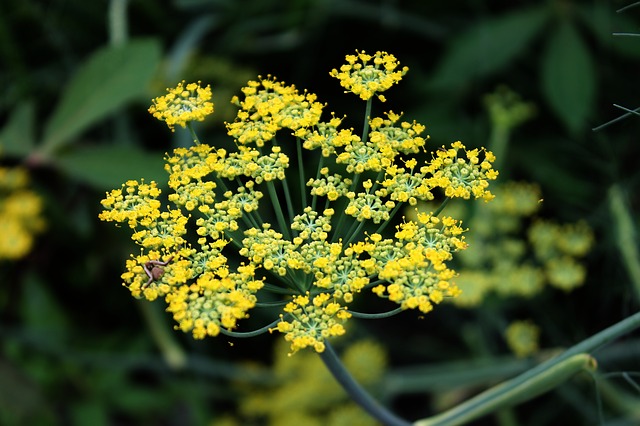
Here are a few tips for caring for fennel during the growing season.
Watering
Until it’s well established, growing fennel should be watered on a regular basis to ensure it receives an even amount of moisture. Once plants are big and healthy, they can tolerate a bit of dryness.
Weeding
Mulch to keep weeds down.
Fertilizing
Apply a layer of compost around the base of your growing fennel plants every few months during the growing season. Alternately, you can apply compost tea to your fennel once a month.
Pruning
Remove flowers to prevent plants from self-sowing if you don’t want fennel to pop up in the same place next year. Otherwise, let the tops flower since they’ll attract pollinators.
Problems with Growing Fennel
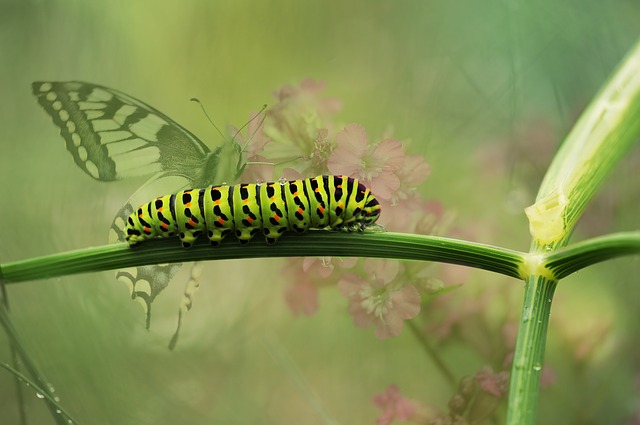
Fennel is a plant with minimal problems. It’s a low maintenance garden herb that requires little attention aside from regular waterings. Diseases rarely plague this Mediterranean gem, and few pests are attracted to it.
Caterpillars
You may find some caterpillars munching away at your fennel tops, though. These are likely swallowtail butterfly caterpillars. They like to eat plants in the same family (carrots, dill, parsley, etc.). I recently had a few big caterpillars hanging out, eating my carrot tops and quickly put that party to an end. I didn’t want to kill them, because they do turn into pretty butterflies, so I carefully moved them far away from my garden where I hope they can find something else to chomp on.
Aphids
Practically no plant is safe from aphids. Blast the little suckers off your fennel and treat with neem oil. Learn more about identifying them and treating them in our guide.
Downy Mildew
Downy mildew is caused by a parasite that causes yellow and white patches to appear on the tops of leaves, with powdery white mildew on the undersides.
Make sure your plants have plenty of air circulation and water in the morning, destroy infected plants, and use a copper spray to control the disease. Learn more in our guide to downy mildew.
Powdery Mildew
Powdery mildew is caused by a fungus that causes plants to look like they were dusted in flour. Destroy infected plants and treat the disease with copper fungicide.
Bulbs Not Forming
Another problem that may occur with fennel is the absence of bulbing. First, check your seed packet and verify that you’ve planted a bulbing variety. A lack of bulbing may also be due to the heat. Like other heat-sensitive plants, fennel may begin to bolt in high temperatures. Once your plant begins to flower, it won’t put its energy into growing a bulb any longer.
Companion Planting for Fennel
Plant fennel next to dill, cucumber, and nasturtium.
Don’t plant fennel next to:
- Tomato
- Beans
- Coriander
- Kohlrabi
- Wormwood
Storing and Harvesting Fennel
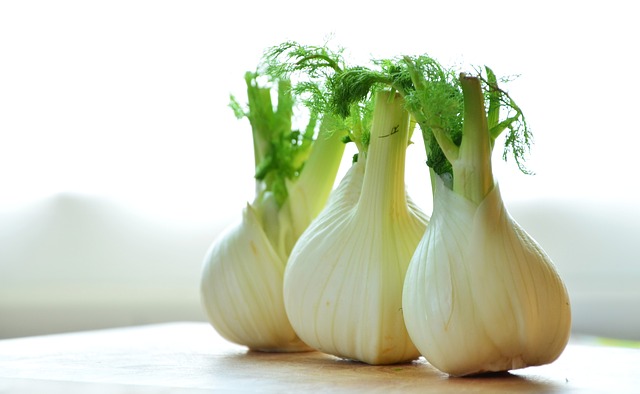
You can eat pretty much any part of the fennel plant from its seed to its bulb. Harvesting happens after about two months. You can harvest the fronds once the plant is established, clip off the top portion to encourage growth.
Pick off seeds once flowers have withered and gone brown. Harvest the bulb once the plant has matured.
Fennel bulbs will keep in the fridge for about a week or so. To keep the fronds fresh, separate them from the bulb and store in a separate container.
If you’re interested in saving seed from your fennel plant, wrap it in cheesecloth towards the end of the season to catch seeds before they fall to the ground.
Cooking with Fennel
Raw, fennel can be an acquired taste because the strong anise flavor is difficult to ignore. When cooked, the crunchy bulb becomes softer in texture and taste. Instead of crisp and bold, it becomes mild and sweet.
Like its cousin dill, it pairs exceptionally well with fish, but I eat it on its own with equal delight.
One of the toughest parts of gardening doesn’t seem like a problem at face value: when it’s time to harvest, it’s a challenge to figure out how to use everything without letting it go to waste. Not sure how to use the fennel you’ve grown? Here are a few tips:
- Eat it raw. Munch on raw sliced fennel instead of celery. It’s crunchy and fresh-tasting and a delightful snack if you don’t hate the strong anise-flavor.
- Saute or braise sliced fennel to mellow out the flavor.
- Chop up fennel tops and add to salad dressing or use as a garnish.
- Pair fennel with seafood.
- Fennel also goes well with other meats. The refreshing flavor balances out the taste of meat.
Here are a few fennel recipes worth trying:
Caramelized fennel – One of my favorite ways to enjoy fennel.
Roasted carrots and fennel – It’s not a surprise that these two veggies from the same family pair well together. Makes a tasty side dish.
Orange and Fennel Roasted Cod – You seriously have to try pairing fennel with citrus and fish. It’s a magical combination.
Baked Haddock with Roasted Tomato and Fennel – Fennel is perfect alongside tomato.
One Pan Roasted Chicken with Fennel – Fennel isn’t just great with fish, it goes well with chicken, too. Try this easy, tasty sheet pan meal on a busy weeknight.
Crunch Apple Fennel Salad with Walnuts – A fresh salad that’s equally perfect for a hot summer meal or a cool fall dinner.
Fennel Risotto – A bit of lemon brightens up this risotto dish that’s worth putting on the menu for your next dinner party.

